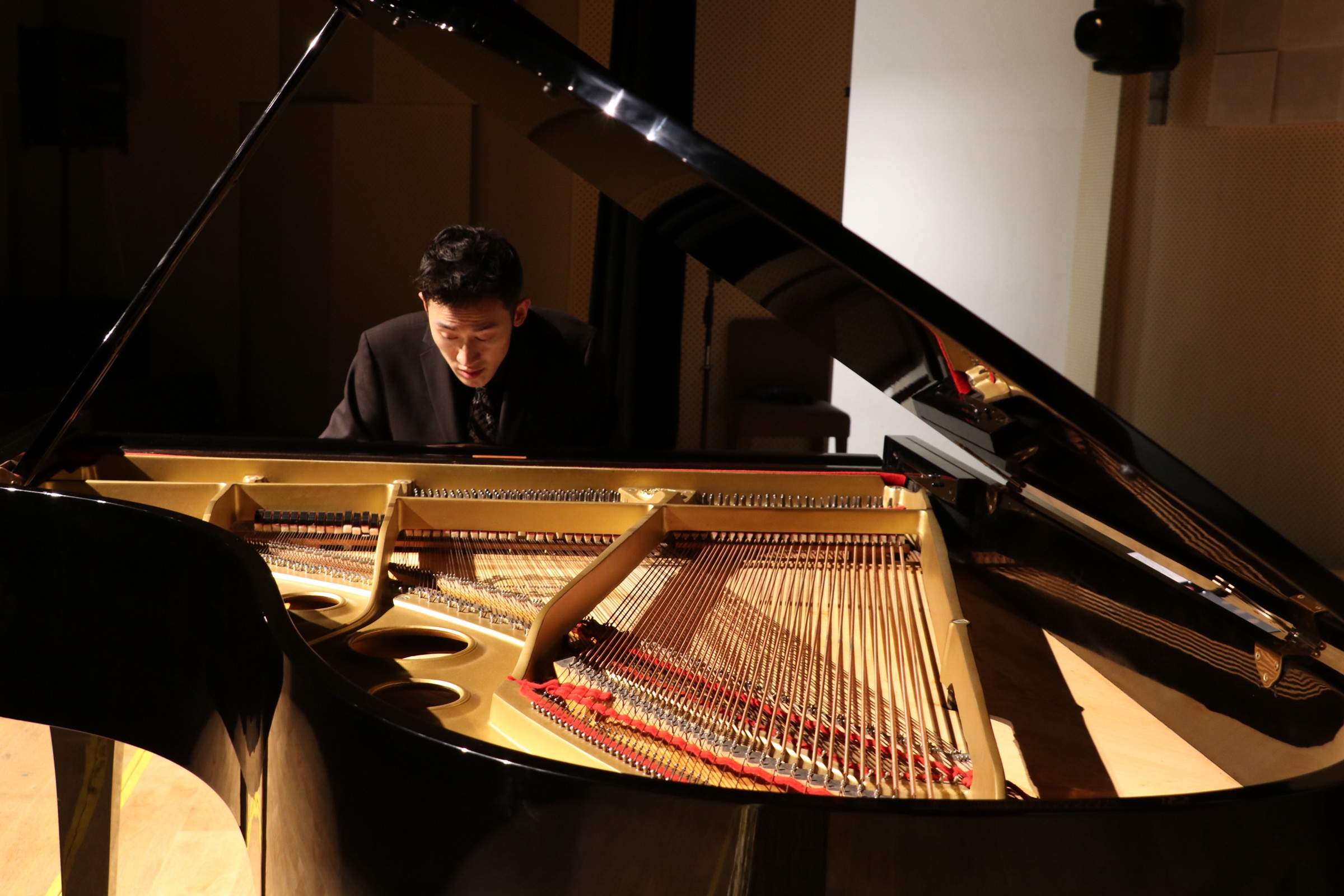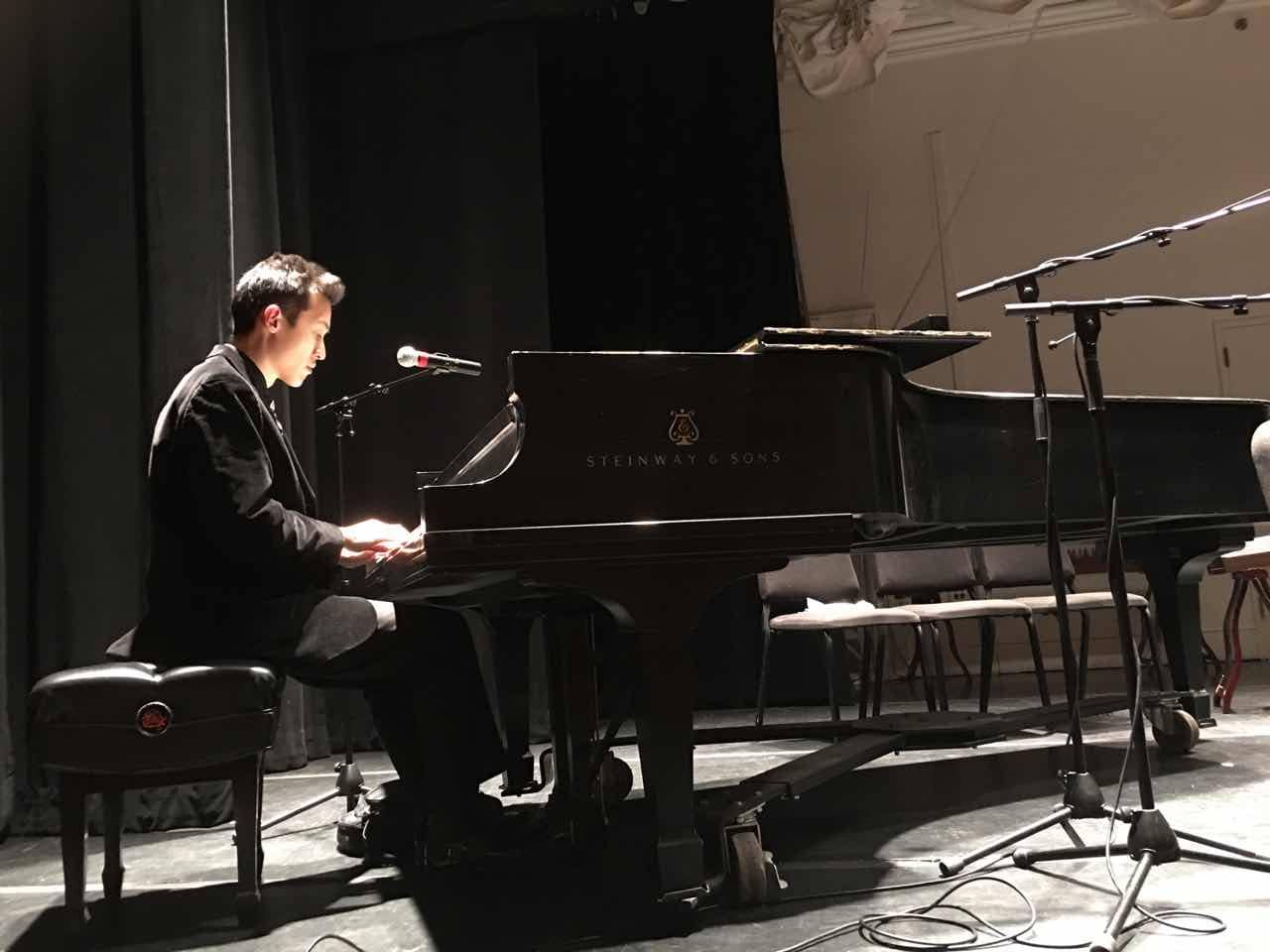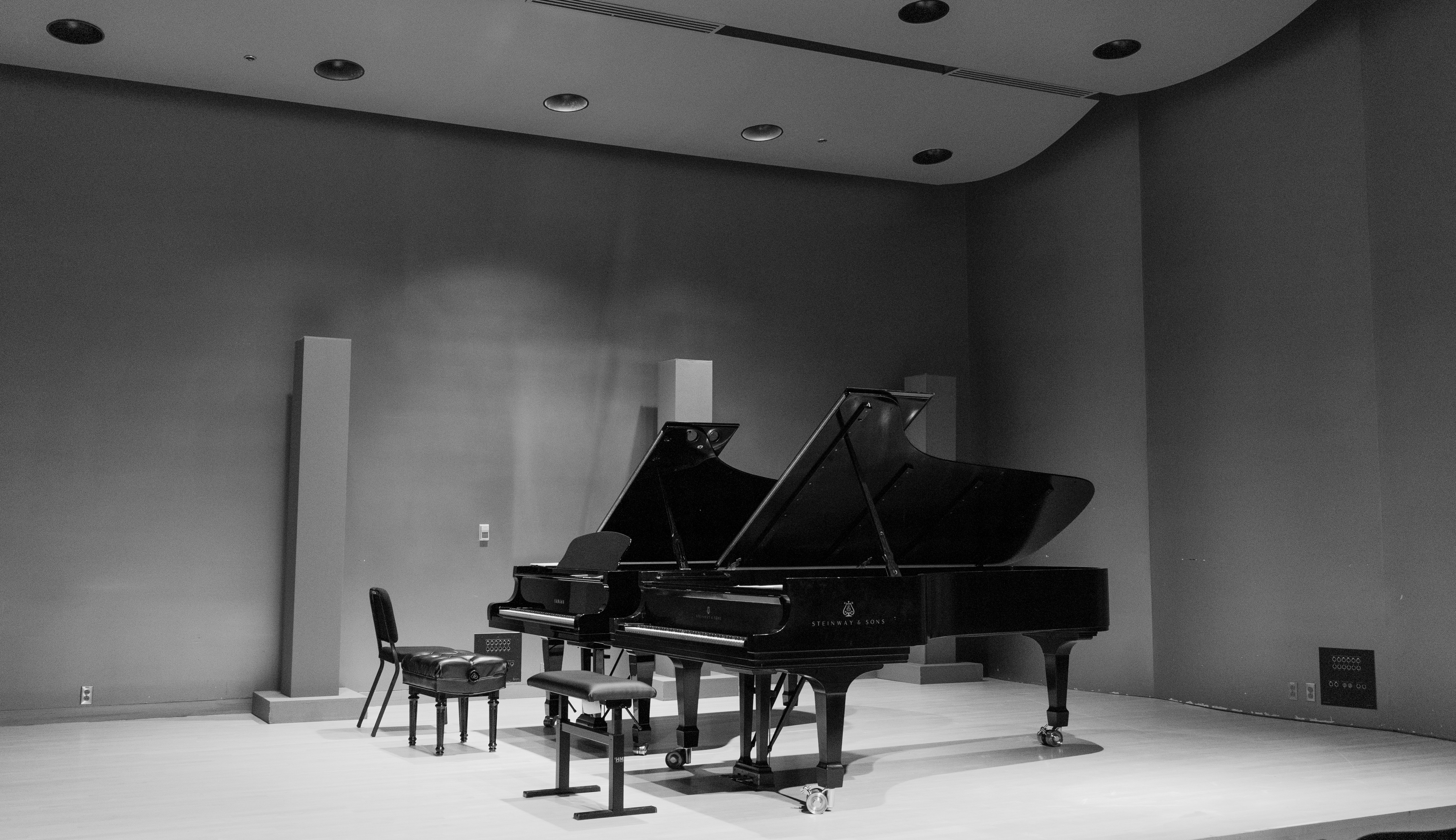
What Bach Should You Learn First on the Piano?
For many piano students, Johann Sebastian Bach’s music feels like a rite of passage. Although they weren’t as popular during his time, Bach’s compositions are timeless and deeply rewarding. But where should you start? Is there any beginner-friendly Bach music on the piano?
This blog will help you decide on a Bach to learn, and as with most composers, Bach is best learned under the guidance of an experienced piano teacher. If you’d like information about my piano lessons for adults in NYC, or if you wish to join my online studio, please get in touch.
Why Bach is So Important for Pianists
Bach’s music is known for counterpoint and masterful use of harmony, so there is lots to learn. Learning Bach also improves finger independence and introduces pianists to the logic of baroque music. You’ll also have to grapple with ornaments, playing without too much pedal (or any pedal, for purists), and more. Even Bach’s simpler pieces are not easy!
Realistically, Are There “Beginner” Bach Pieces?
Really the only “beginner” pieces of music by Bach are the reduced and simplified versions of Bach tunes that you find in method books like Faber of Alfred. None of Bach’s actual compositions (non-simplified) are suitable for beginners, per se. Take the Prelude in C Major, for instance – it’s often cited as one of his easiest pieces, but at the very least, the pianist already has to be able to play with hands together, read 16th notes, read ties, and more.
What Bach Should You Learn First on the Piano?
From the Anna Magdalena Notebook
The Anna Magdalena Notebook is one of the best places to start with Bach. Compiled for his wife and their family, this collection includes short pieces that are ideal for intermediate players. The minuets are straightforward and have manageable technical demands.
Minuet in G Major, often attributed to Bach’s student, Christian Petzold, is the most well-known piece in this group.
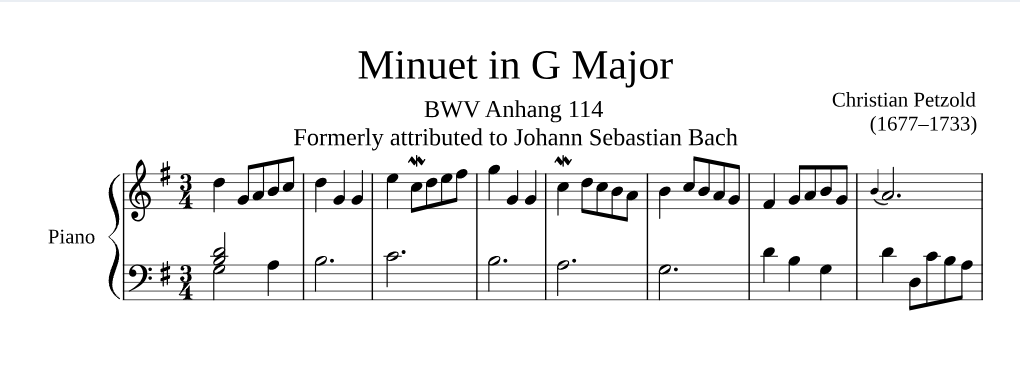
The key of G Major is simple, and the five finger patterns make it accessible to early intermediate pianists. You will need to learn ornaments like mordents and turns though -- although the simplicity of the left hand technique more than makes up for it.
Musette in D is another simple Bach piece if you're just getting your feet wet.

It has its challenges, such as mixed legato and staccato articulation, but once again, the left hand technique is not demanding. Also, there is lots of unison, which cuts down on the notes you need to learn.
Prelude No. 1 in C Major from the Well-Tempered Clavier
This prelude is another excellent starting point. Written as part of Bach’s exploration of all 24 keys, the piece features a series of arpeggios that are approachable for newer pianists. While the notes themselves are not technically difficult, the challenge lies playing the music evenly and with propert articulation.
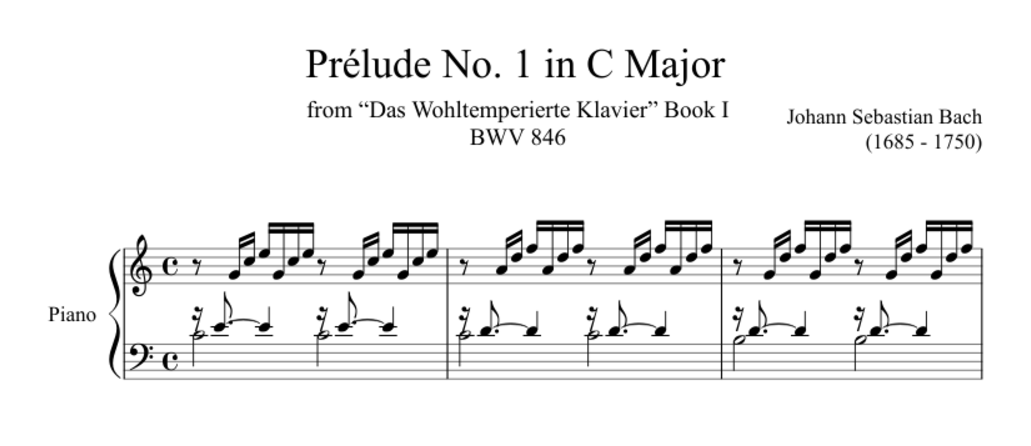
Obviously, it's in C Major, which helps. And the chord structure is simple to memorize, which makes it easy to memorize. But learning to keep the left hand accompaniment quiet is a challenge, and you'll need to keep a steady beat despite the rests and ties.
From there, you can start practicing Invention No. 8 in F Major, and even Bach's French Suites or English Suites. These are popular amongst middle school and high school students who have been playing for a few years, and they serve adult piano students as well.
Ask Your Teacher About the Right Bach For You
Whether you are joining me for piano lessons for adults in Brooklyn, or studying with another teacher, Bach is a great exercise in technique, theory, and musicality. You'll learn so many fundamental piano skills playing Bach's music. Choose your piece from the compositions listed above, and start practicing!

